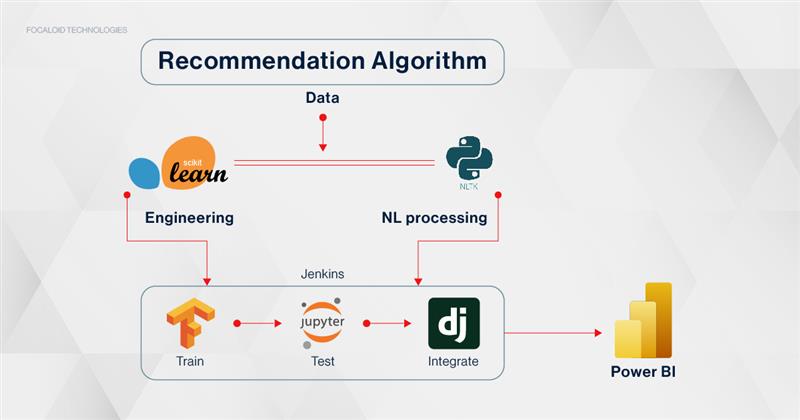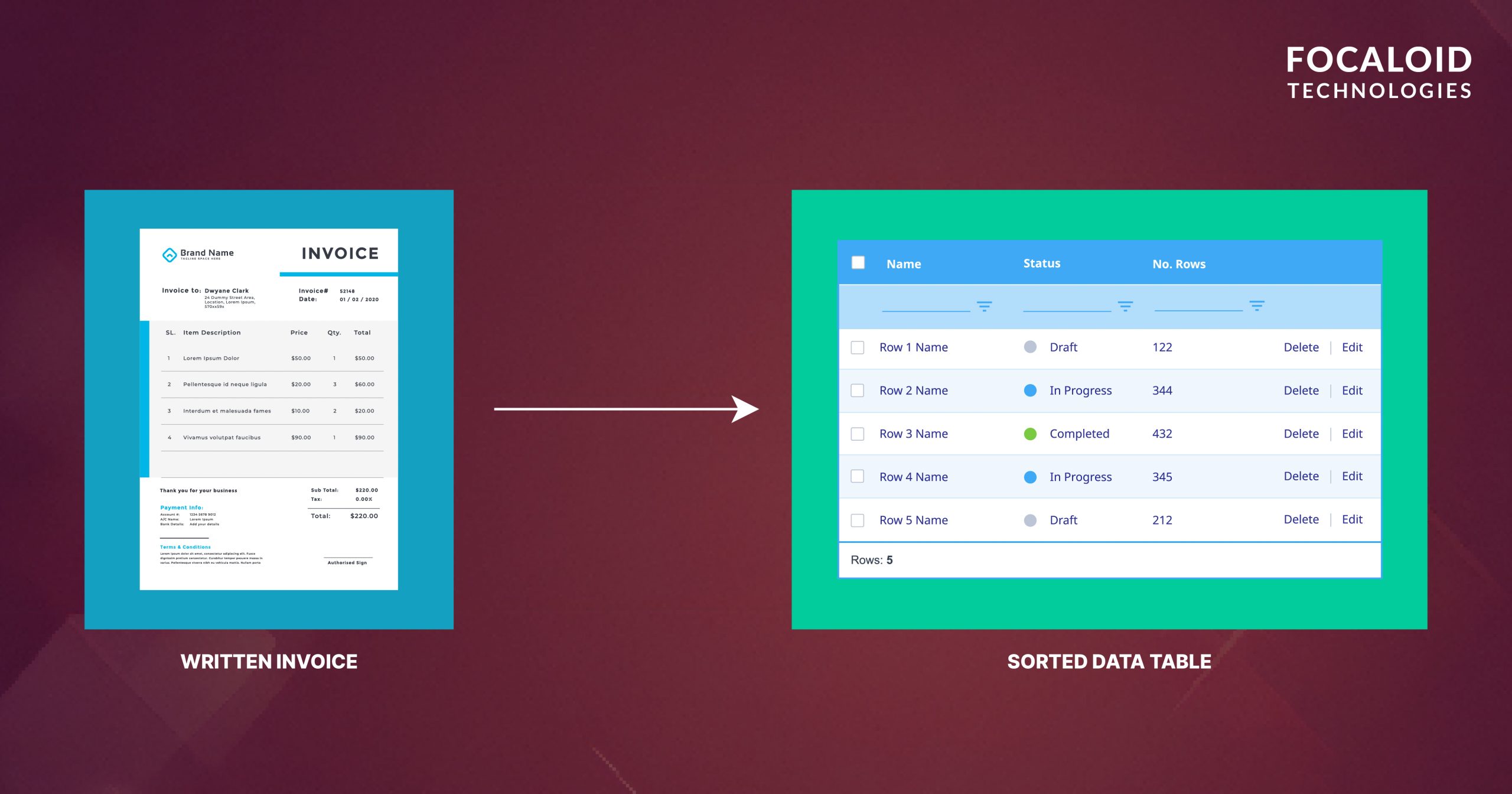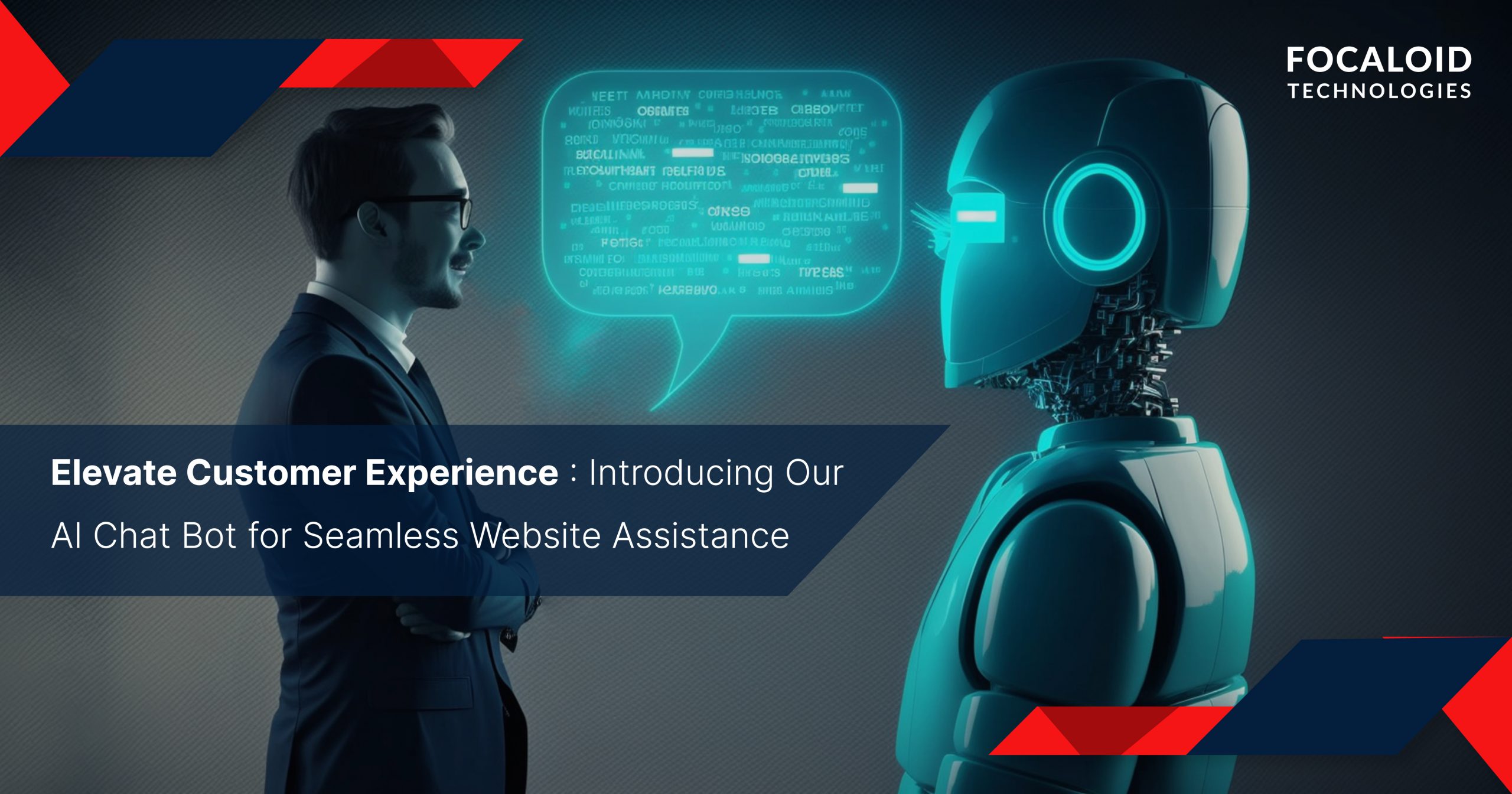TECHNOLOGY |
How to plan your infrastructure and architecture design for cloud platforms?
28/09/2021
20mins
Prasobh V Nair
TECHNOLOGY
With the prevalence of cloud spreading rapidly, a new approach to the architecture of the apps and infrastructure is warranted. Everything needs to witness an overhaul, from storage through servers to networking and operating software. Therefore, to keep up with the new trends, fresh IT expertise is required in the various fields including containerization, virtualization, and micro-services architecture. New tools will also be needed for the management of the application to ensure that performance is not compromised. As the transition is made to full and public cloud alternatives, certain factors have to be paid heed to.
The comparison of resource usage and availability
It is sometimes seen that the actual usage profile of the organization is less than the minimum specifications for an application. Minimum specifications refer to the operating window, specified by the vendor during which no heed is paid to a specific use case. In such cases, there is an opportunity to acquire improved efficiencies in the architecture of the cloud environment and vice versa. It is equally important to opt for a suitable cloud environment that matches with the availability and resource requirements.
Viewing CPU resource patterns is vital in this case so that the required availability is delivered within budget.
Licensing
The next important step is the licensing of the application. How is your application licensed? Have you gotten it licensed for total infrastructure footprint or per core? This can drastically affect the cost and budget and therefore is quite an important factor. If the licensing model of your application is such that it takes into account all available resources, irrespective of their allocation to the client, there will be an increase in costs if you make the transition to a public cloud platform. If you have per core licensing, with the cloud provider unable to offer configuration for cloud environment per core, the costs will be affected negatively.
Access mechanisms
How do the users access your applications currently? What changes will have to occur once you bring about the transition to a cloud platform? It is essential to think about this aspect during the stages of planning. You would not want to compromise on user experience and would want to ensure that the users are not in for some shocks as they endeavor to access the application following the transition. There are quite a few decisions that you will have to take. Do you divide the users into groups for the transitions or opt for an all-in-one go approach?
Security
Security policies need to be given attention to. You will have to make sure that the security level you offer to the users is satisfactory. You might have to make certain concessions. However, while doing so, you need to make sure that your users do not get a chance to complain. You can integrate virtual appliances or physical ones to make sure that they are compatible with cloud architecture while at the same time making sure that the compliance demands are met.
Published:
Share:




